Some people among us have a special kind of superpower called synesthesia. For them, the world is a colorful, sensory wonderland where sounds can be seen, letters have their own colors, and emotions have tastes. It’s like living in a secret world where everyday experiences become magical.
These unique abilities make life more vibrant and full of surprises, turning the ordinary into something extraordinary!
Synesthesia: The Science of Mixed Senses

Synesthesia is when the brain mixes up senses, so one sense triggers another. For example, someone with synesthesia might see colors when they hear music or taste flavors when they hear certain words.
It’s like their senses are connected in a unique way that most people don’t experience. Scientists say it’s a rare and fascinating condition where the brain blends sensory experiences together.
From Misunderstood to Mainstream: The Evolution of Synesthesia Awareness

Historically, synesthesia was not well understood and often met with skepticism or stigma. During the early 20th century, the rise of behaviorism in psychology, which focused on observable behavior rather than internal experiences, led to a decline in the study of synesthesia. Many scientists dismissed it as unreliable because it relied on subjective reports rather than measurable data.
This made synesthesia seem strange or abnormal, and those who experienced it were often reluctant to share their unique perceptions. It wasn’t until the late 20th century, with advances in neuroscience and a renewed interest in cognitive psychology, that synesthesia began to be taken seriously again as a genuine neurological condition.
Get Into The Wild Brain Of People With Synesthesia
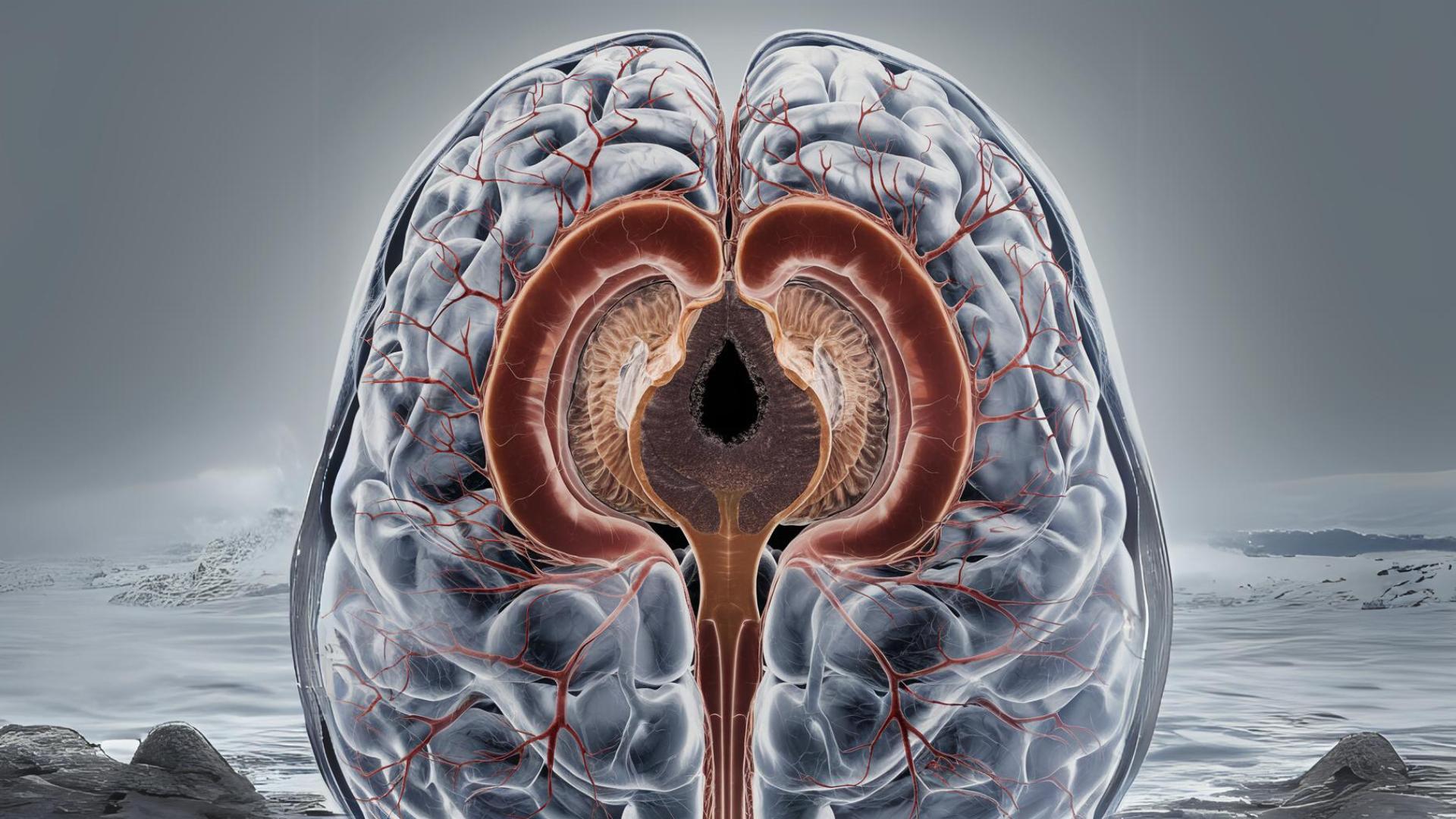
Imagine you’re at a concert, surrounded by music, and as the band plays, you begin to see colors swirling around you. The deep bass notes might appear as dark blues or purples, while the high-pitched guitar riffs flash as bright yellows or oranges. For someone with synesthesia, this experience is a normal part of everyday life.
They don’t just hear music—they see it in vivid, vibrant colors. Each song creates a unique visual display, turning an ordinary concert into a multisensory spectacle. This blending of senses makes their world richer and more colorful, literally seeing the beauty of sound.
Types of Synesthesia
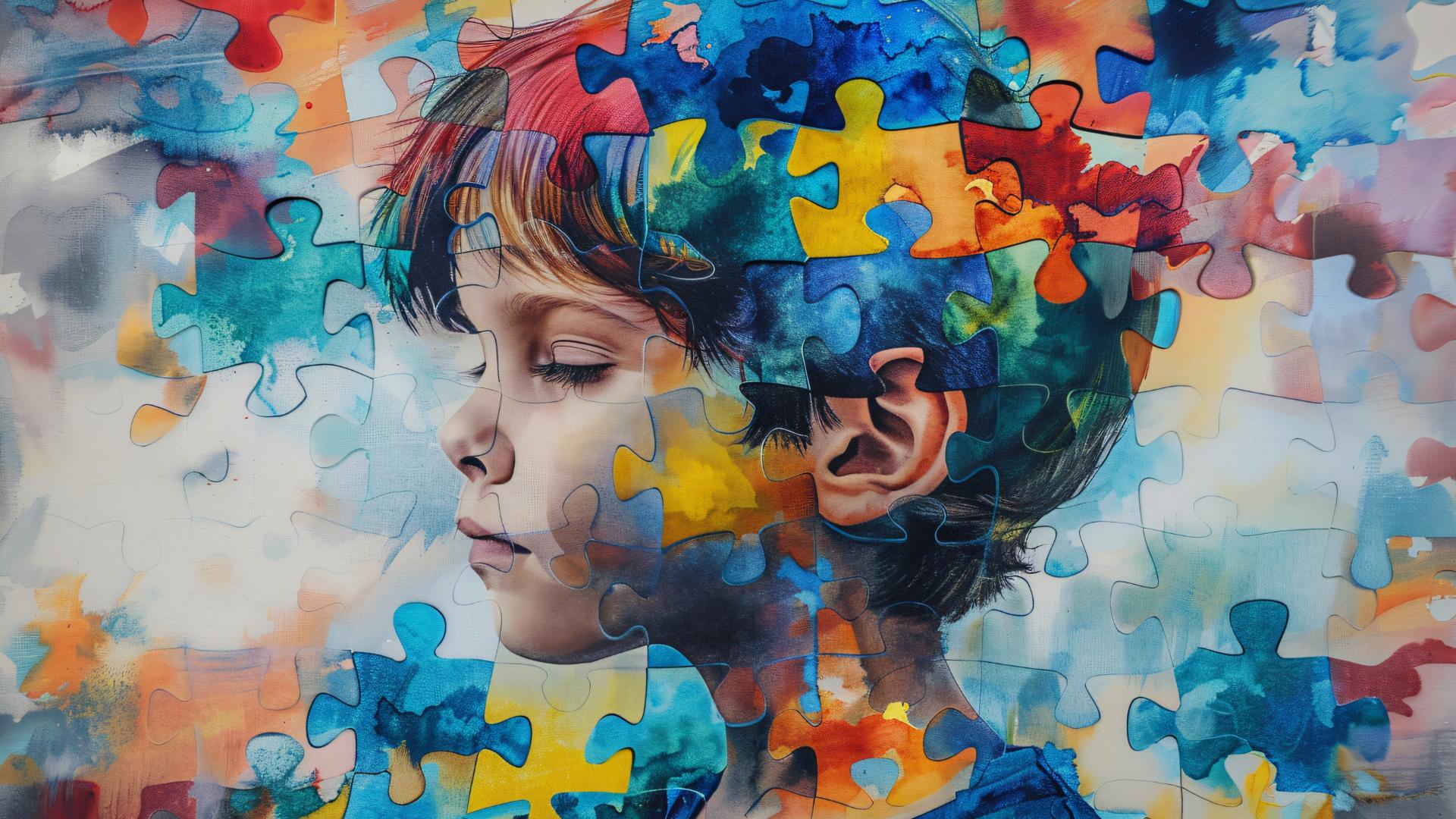
Synesthesia can take many forms, each connecting senses in a unique way. For example, some people with grapheme-color synesthesia see specific colors when they read letters or numbers. Others with chromesthesia experience colors when they hear sounds, like music or even everyday noises.
There’s also lexical-gustatory synesthesia, where certain words can trigger taste sensations. These different types show how synesthesia makes the world more vibrant and sensory-rich for those who experience it.
Your Birth Chart And Synesthesia
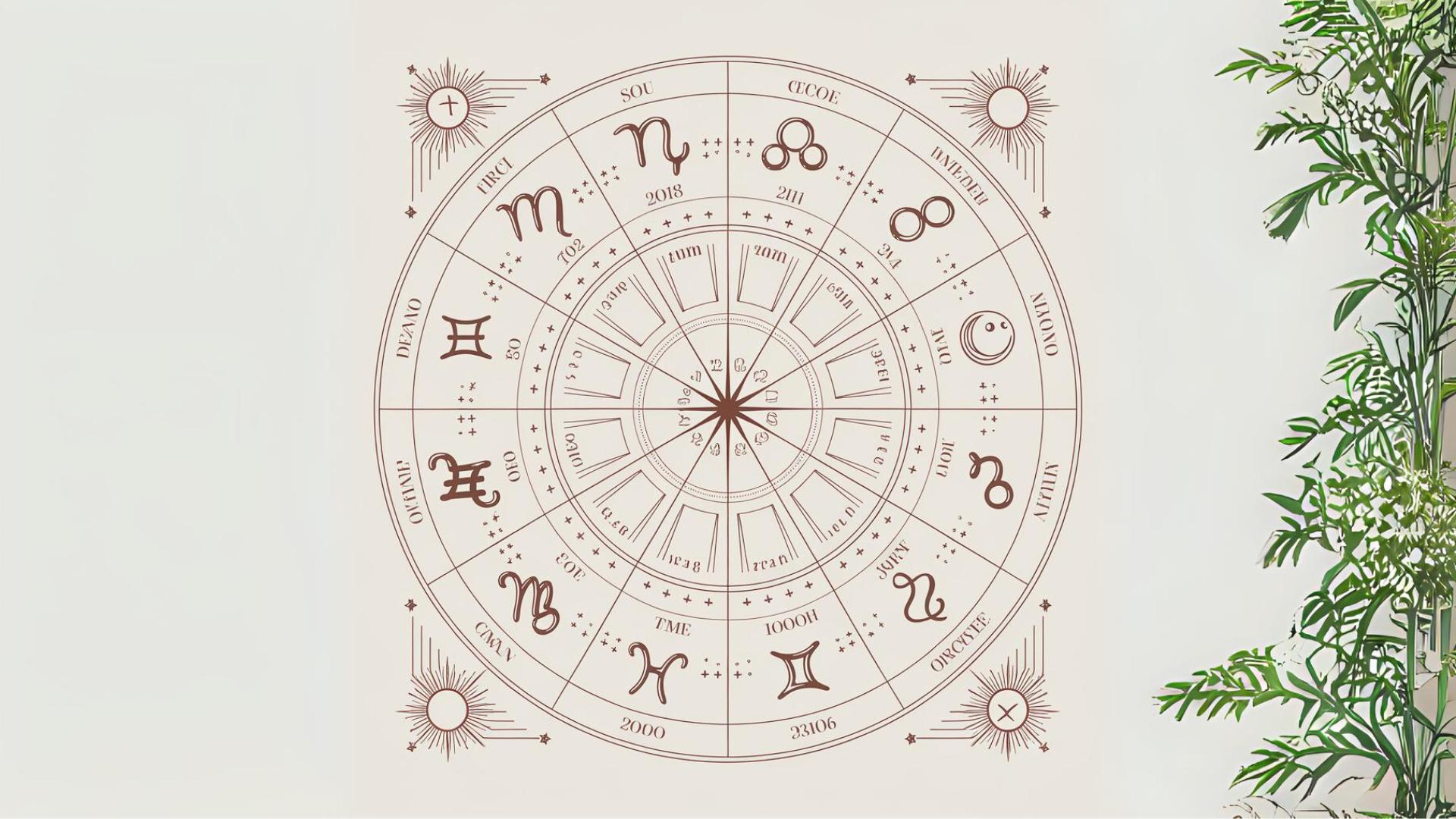
Some astrologers suggest a playful connection between your birth chart and synesthesia, the unique blending of senses. They propose that the alignment of planets at your birth might influence whether you see colors when you hear music or taste flavors when you read words.
Who knows? Maybe your cosmic blueprint holds the key to unlocking a hidden sensory superpower! Le’s dive in to the magical theory.
Could the Stars Influence Synesthesia?
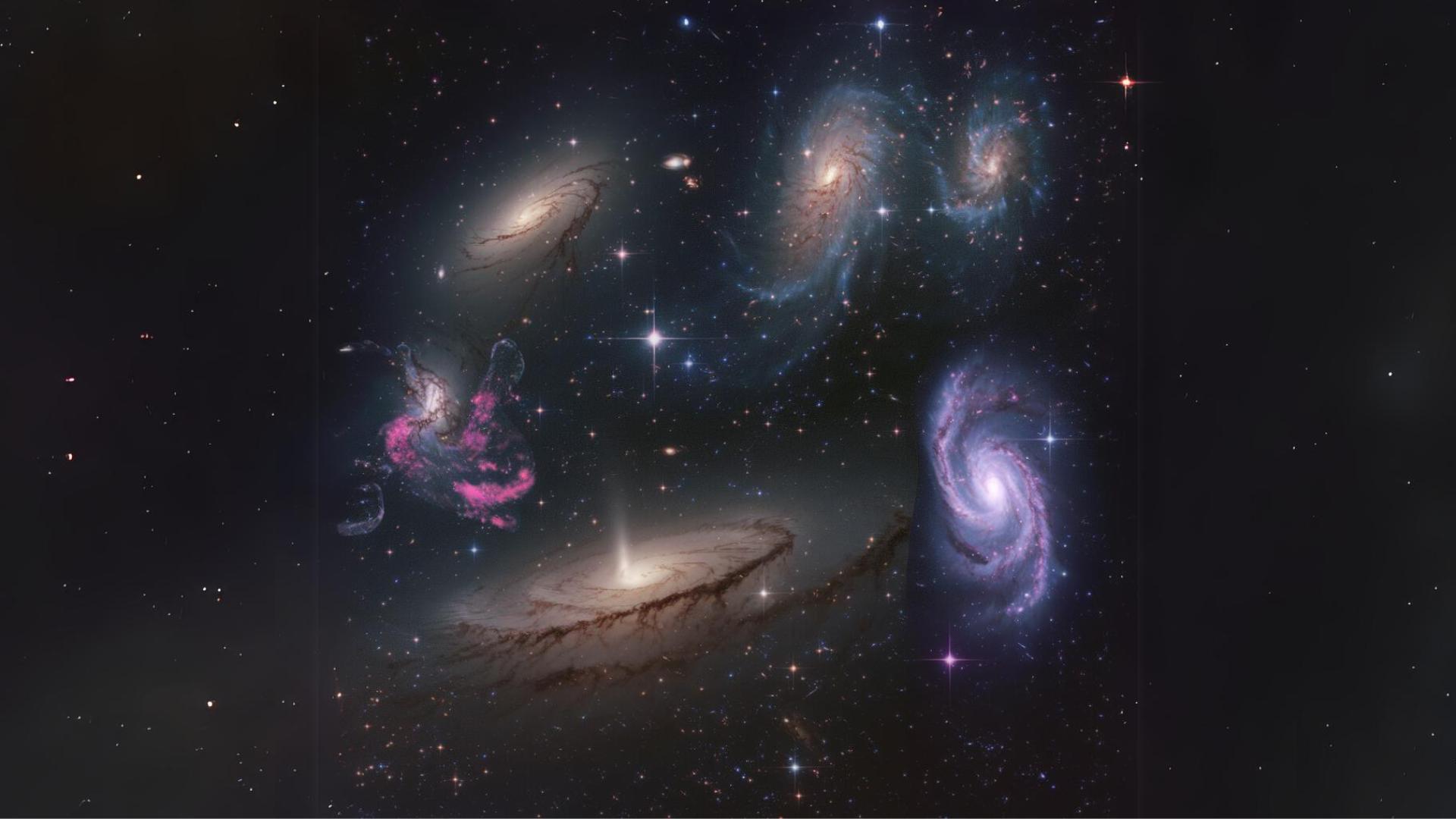
Some believe there could be a fascinating connection between astrological factors and how our brains function, particularly when it comes to synesthesia.
The idea is that the positions of the planets at the time of your birth might subtly influence the way your brain processes sensory information. This could mean that certain astrological alignments might make you more likely to experience synesthesia, where your senses blend together in unique ways. What do you think?
The Brain and the Cosmos: Human Behaviour
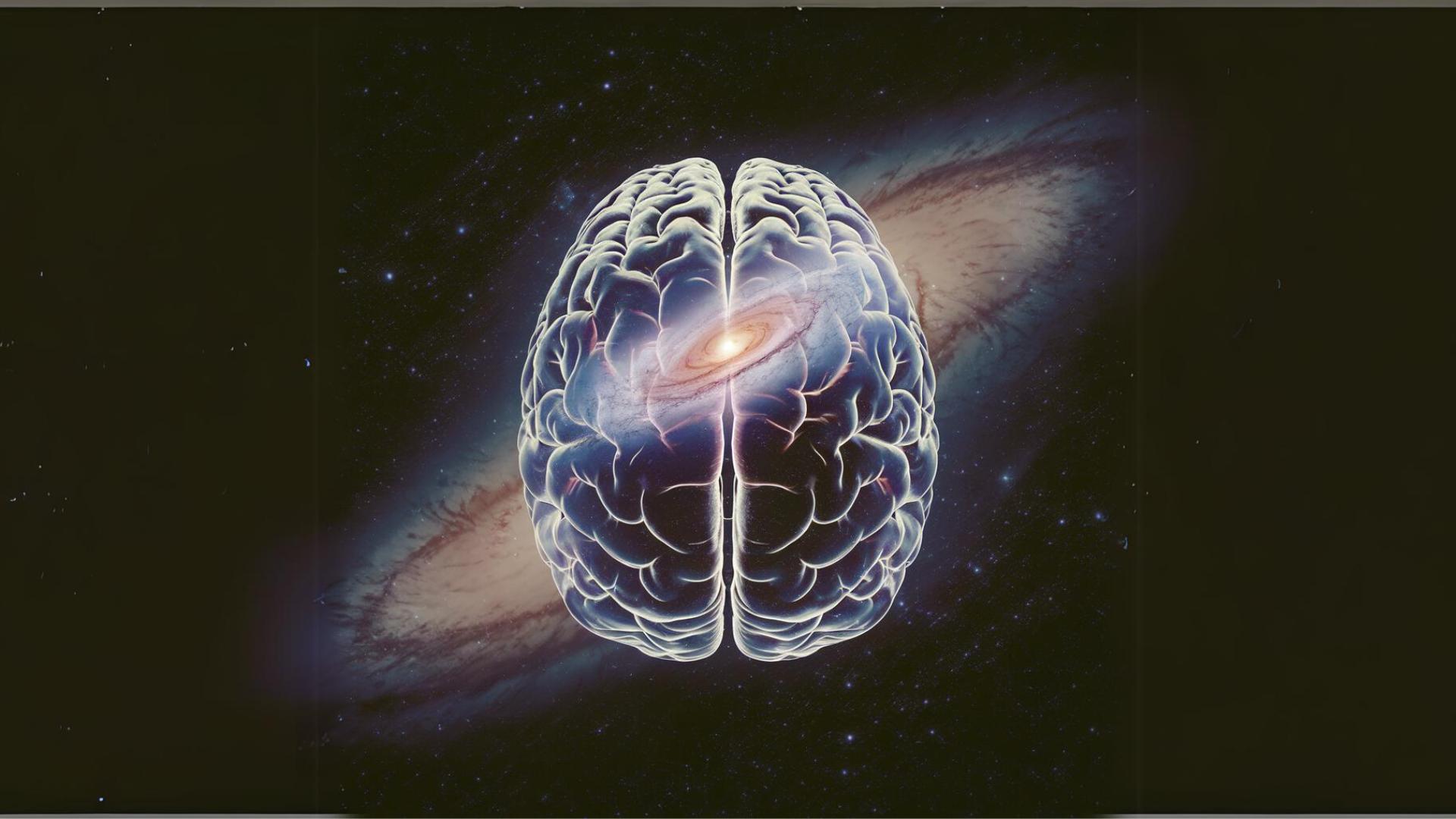
While the idea of a direct connection between astrology and brain functions is more speculative than scientifically proven, some research has explored how cosmic cycles, such as the moon’s phases or solar activity, might influence biological rhythms and human behaviour.
For instance, studies have shown that the lunar cycle can affect sleep patterns and mood, possibly due to its influence on the brain’s circadian rhythms. Similarly, fluctuations in geomagnetic activity, which is tied to solar cycles, have been linked to changes in mood and even certain cognitive functions. While these findings don’t directly tie astrology to brain function, they do suggest that cosmic forces might play a subtle role in how our brains work.
Zodiac Signs and Creative Synesthesia
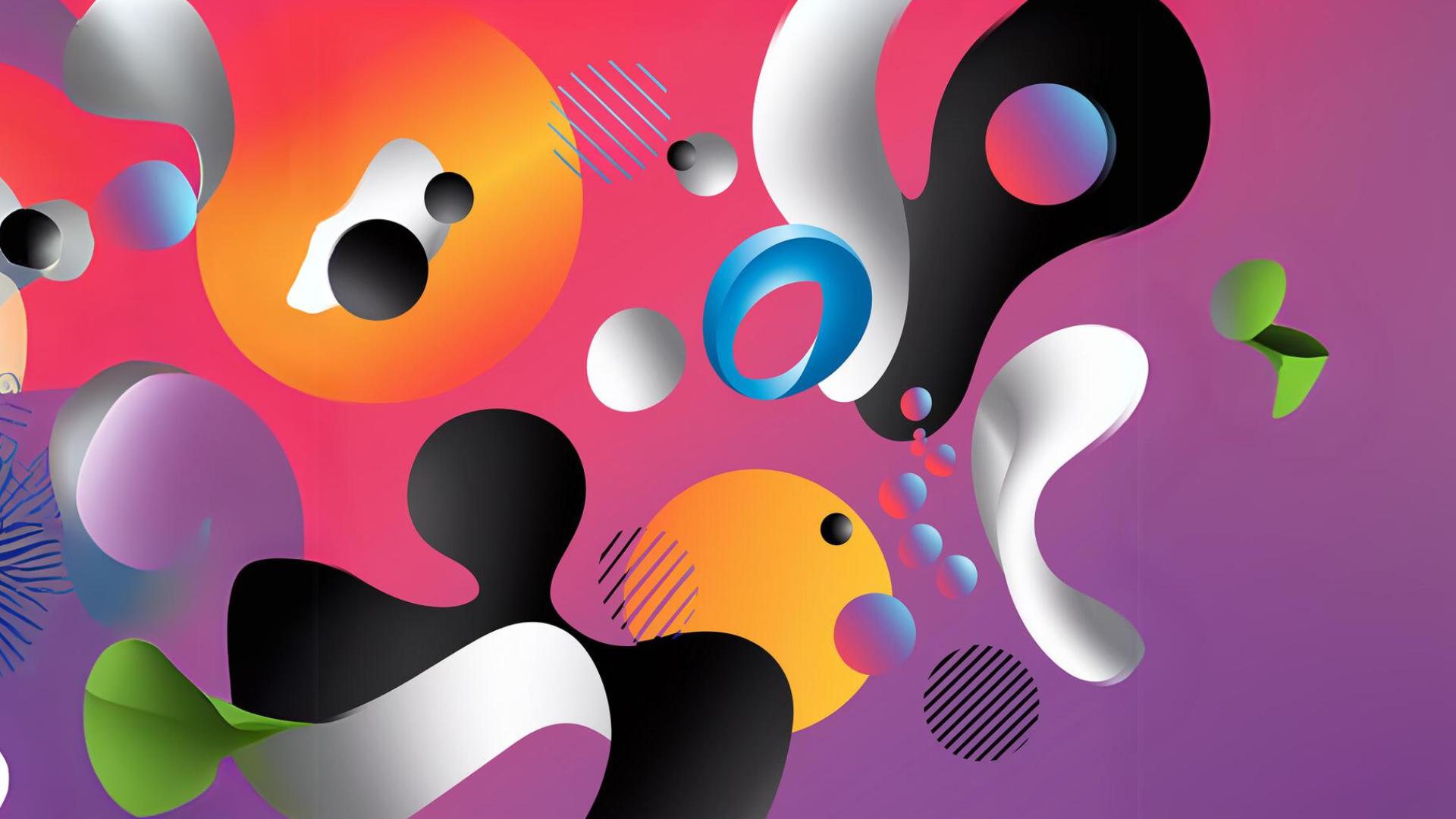
Some believe that certain zodiac signs are naturally more in tune with creative synesthesia, where senses mix and mingle in delightful ways. For example, dreamy Pisces and intense Scorpio are often linked to deep intuition and creativity, making them prime candidates for experiencing the world in vivid, multi-sensory bursts.
Imagine a Pisces seeing music in shimmering colors or a Scorpio tasting words with every conversation! These signs might just have an extra dash of cosmic magic that turns everyday experiences into artistic adventures. Whether or not the stars truly influence this, it’s a fun way to think about the unique ways we perceive the world.
Born Under the Stars

Imagine if the universe itself was shaping how we see the world from the moment we’re born! For people with synesthesia, it’s fun to think that the stars might have given them a special gift, mixing their senses in ways that make life more colorful and exciting.
Maybe the way the planets were aligned at birth adds a unique twist to how they hear music as colors or taste words as flavors. It’s like the universe has been sprinkling a bit of magic, making their world a little more vibrant and full of wonder from day one!

